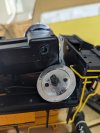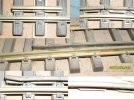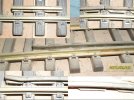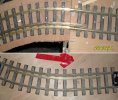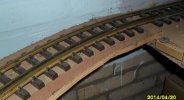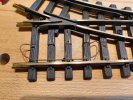BakerJohn
Baker, Modeler, future husband
Well, the last few days, since The Fiancee and I have been home with Flu, I've been working on train projects (when I have had the energy).
I took apart my new 25 Tonner and started planning. It seems, however, that I may need to order some parts to dry-fit things in. There should be enough room to keep all the original wiring and add some of my own. But, time will tell.
In addition, I've done some 3D design work for my Henrietta coach (to go along with my Toby the Tram) plus some other misc design work, too. I may pull out the actual coach today and do some more cutting. We shall see...
Finally, this morning, I built a skeleton for a 1:24 scale driver for my HO scale Hogwarts Express. I've had this idea for some time now that my HO stock can behave as a 1/4 scale railroad for my large scale railroad. And, so, the Leeds Hill Railroad will have a 1/4 branch line for passengers to visit. I've already got plans to make space for drivers in a few of my HO engines (almost all my HO stock is old, junky things that I don't mind cutting up). The Hogwarts Express I have is not something I'm going to cut up, but I do have a second tender for the train, so the driver may get a cushion to sit on. Also, I've never built a person before, so fun challenges all around!
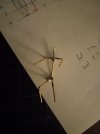
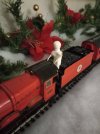
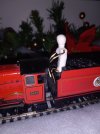
I took apart my new 25 Tonner and started planning. It seems, however, that I may need to order some parts to dry-fit things in. There should be enough room to keep all the original wiring and add some of my own. But, time will tell.
In addition, I've done some 3D design work for my Henrietta coach (to go along with my Toby the Tram) plus some other misc design work, too. I may pull out the actual coach today and do some more cutting. We shall see...
Finally, this morning, I built a skeleton for a 1:24 scale driver for my HO scale Hogwarts Express. I've had this idea for some time now that my HO stock can behave as a 1/4 scale railroad for my large scale railroad. And, so, the Leeds Hill Railroad will have a 1/4 branch line for passengers to visit. I've already got plans to make space for drivers in a few of my HO engines (almost all my HO stock is old, junky things that I don't mind cutting up). The Hogwarts Express I have is not something I'm going to cut up, but I do have a second tender for the train, so the driver may get a cushion to sit on. Also, I've never built a person before, so fun challenges all around!




